Participant:
Luna, 28, from China
Fiona, 26, from China
Duration:
3 hours
Location:
Central London

At 1st of August, I invited two friends in London to participate in an early intervention and they didn’t know either side before this. This intervention was divided into two parts. First, the three of us took a city walk in London, during which one of the participants shared her usual citywalk routes, highlighting places that made her feel connected to the city or reminded her of her hometown. Following the walk, she shared a few dishes with us and explained how this comfort food helped her cope with feelings of homesickness, stress, and disconnection. From there, we discussed urban life, connections, and the role of food.
The first participant, Luna, shared her regular routine of visiting the Barbican. Since she lives near Barbican Station, this routine allows her to enjoy the sunshine in the area. The building in Barbican reminds her of the old buildings she lived in during her childhood in Shanghai, China, bringing back fond memories.

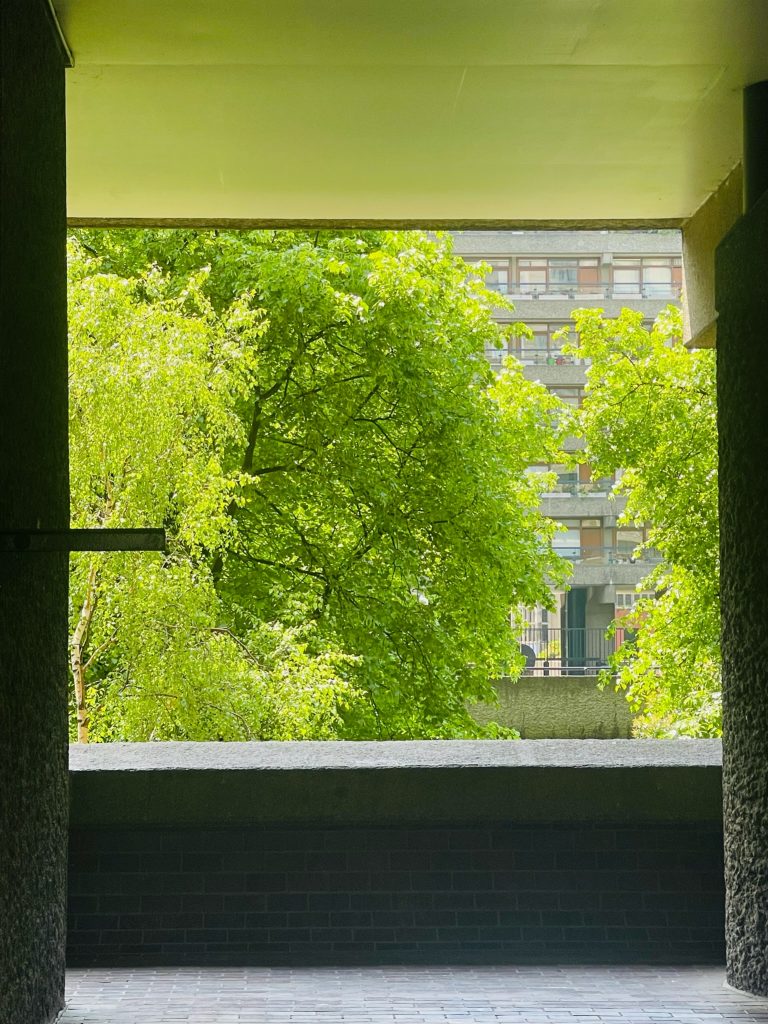
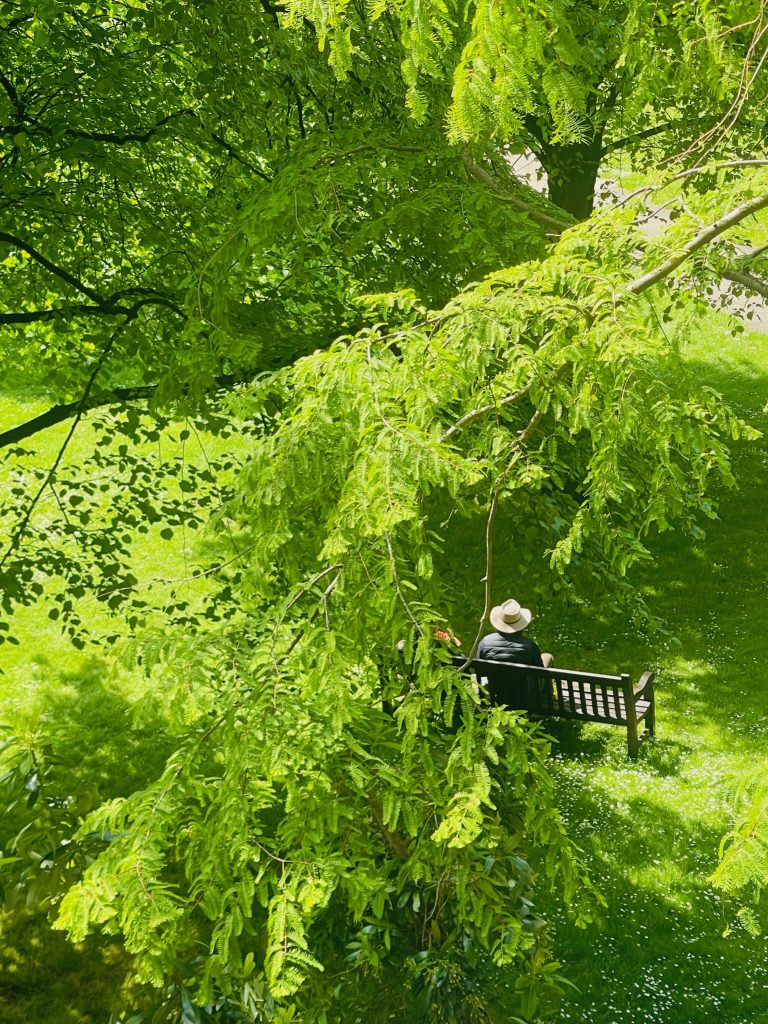
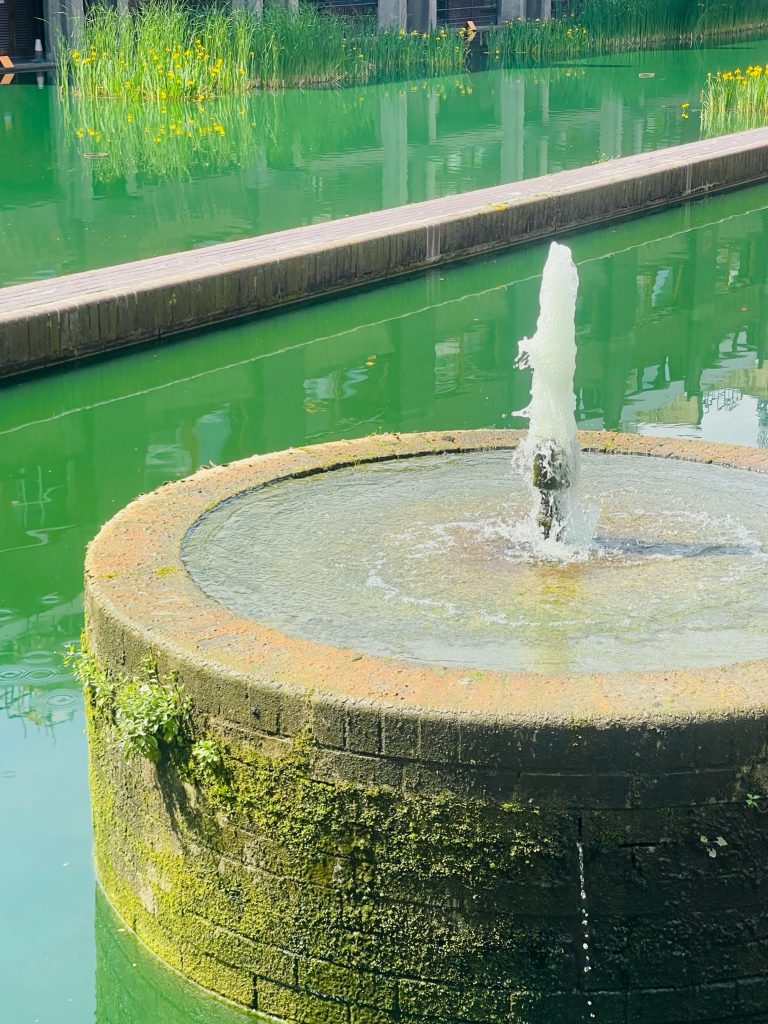
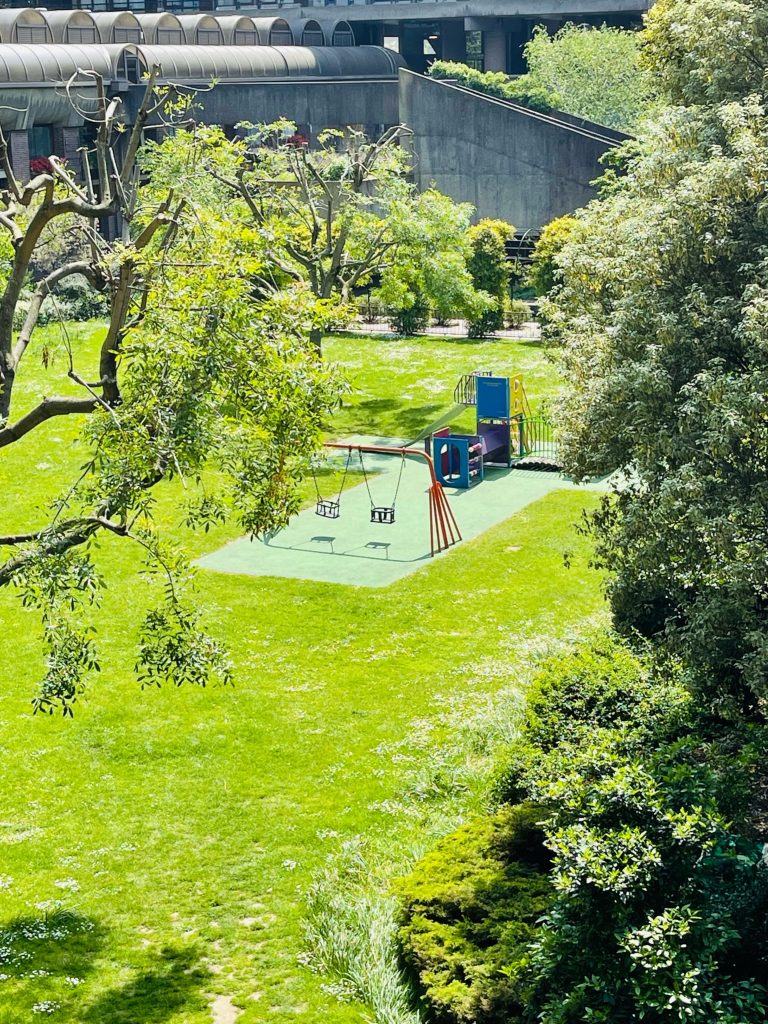
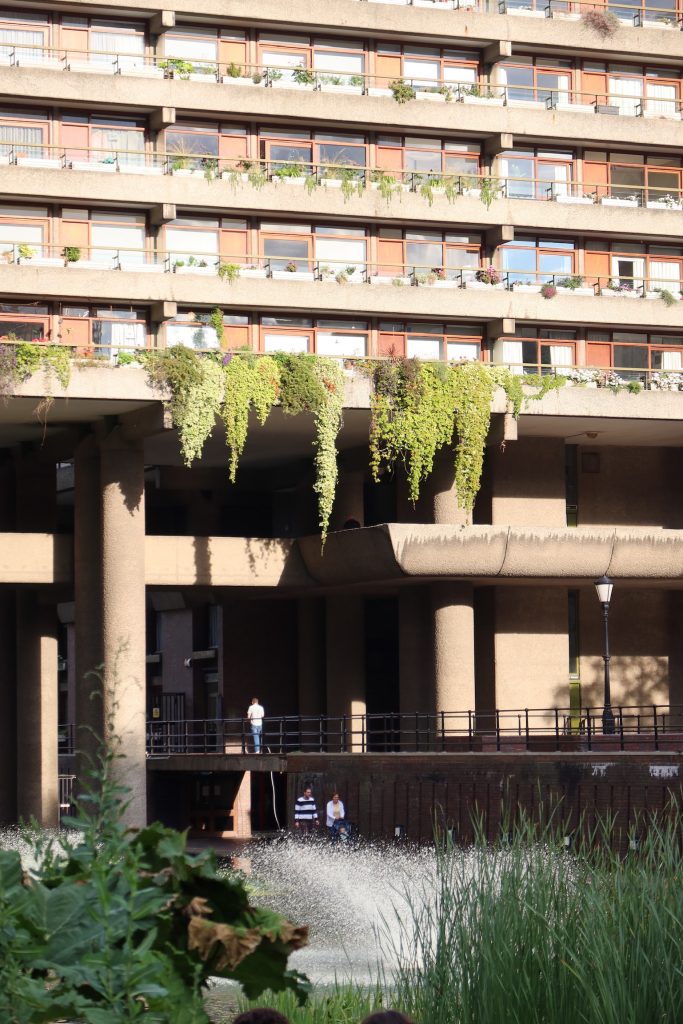
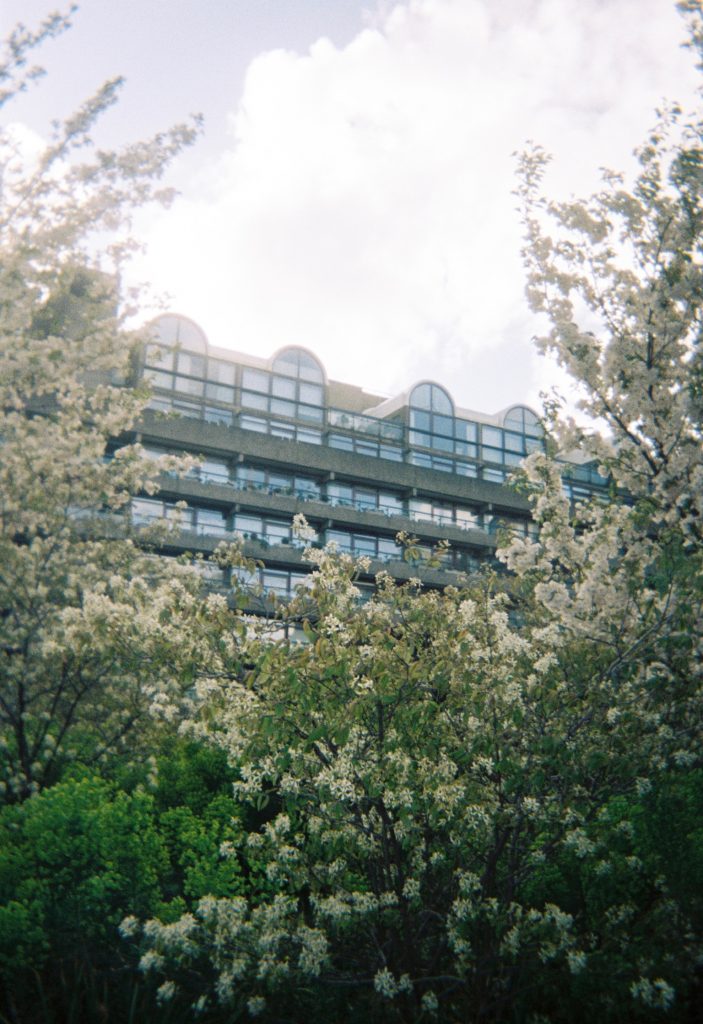
“The architecture of the houses in the Barbican is very similar to the flats I lived in as a child, so it always brings back happy memories of my childhood when my friends and I would hang out with each other and play in the downstairs garden. That’s why I always have a seat in front of the Arts Centre when I’m passing through, it gives me a sense of connection to my hometown.”
By Luna
As we explored the Barbican Centre and listened to Luna share her childhood memories, Fiona was pleasantly surprised by the rich architectural history and culture behind the Barbican. She mentioned that, although she had visited the Barbican Centre once or twice for exhibitions, she had never experienced the area as quietly and deeply as she did this time. Fiona was surprised by the opportunity to delve into the architectural culture of London in such an intimate way.
After spending some time at the Barbican, Luna took us to the nearby M&S, just a few minutes’ walk away. She shared that whenever she feels lonely or homesick, she first visits the Barbican to clear her mind, then comes to this supermarket to buy ingredients based on recipes passed down from her mother and grandmother. She then goes home to recreate the familiar flavours of her childhood. Luna believes that nourishing herself with these comforting dishes also helps to alleviate her negative emotions.
At Luna’s home, she shared her recipe for making sauce-braised chicken (Huangmen Ji) and invited us to participate in the cooking process. This classic Chinese dish holds special meaning for Luna, as her mother often prepared it for her school lunchbox, making her feel deeply connected to her mom whenever she enjoys it.
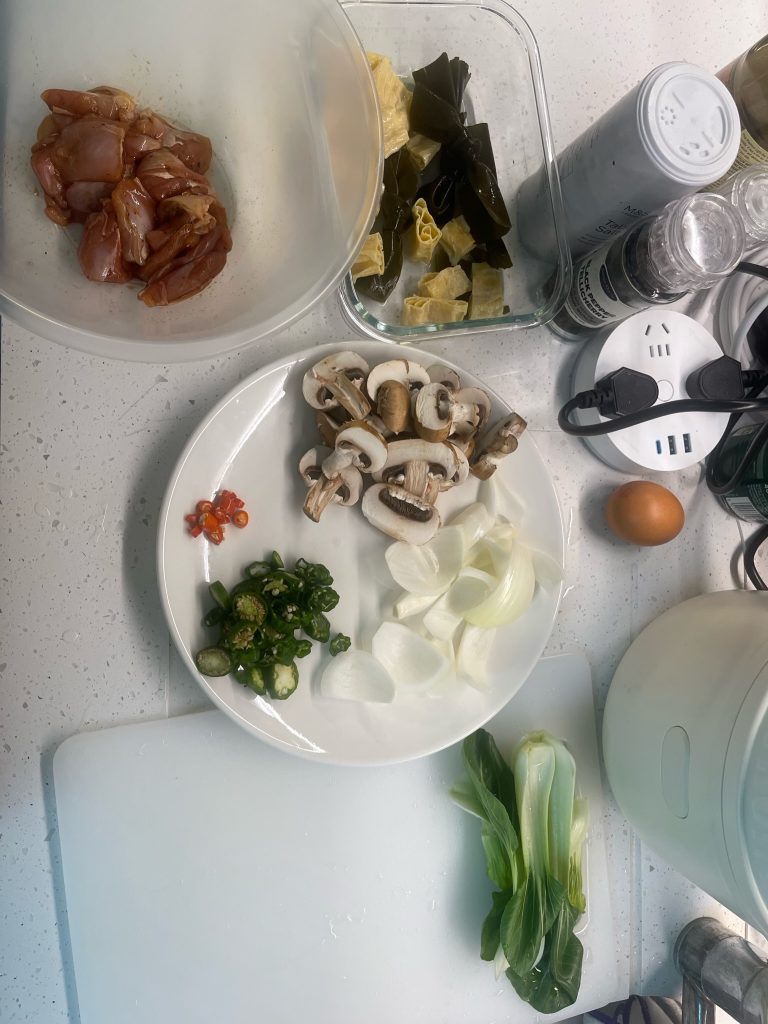
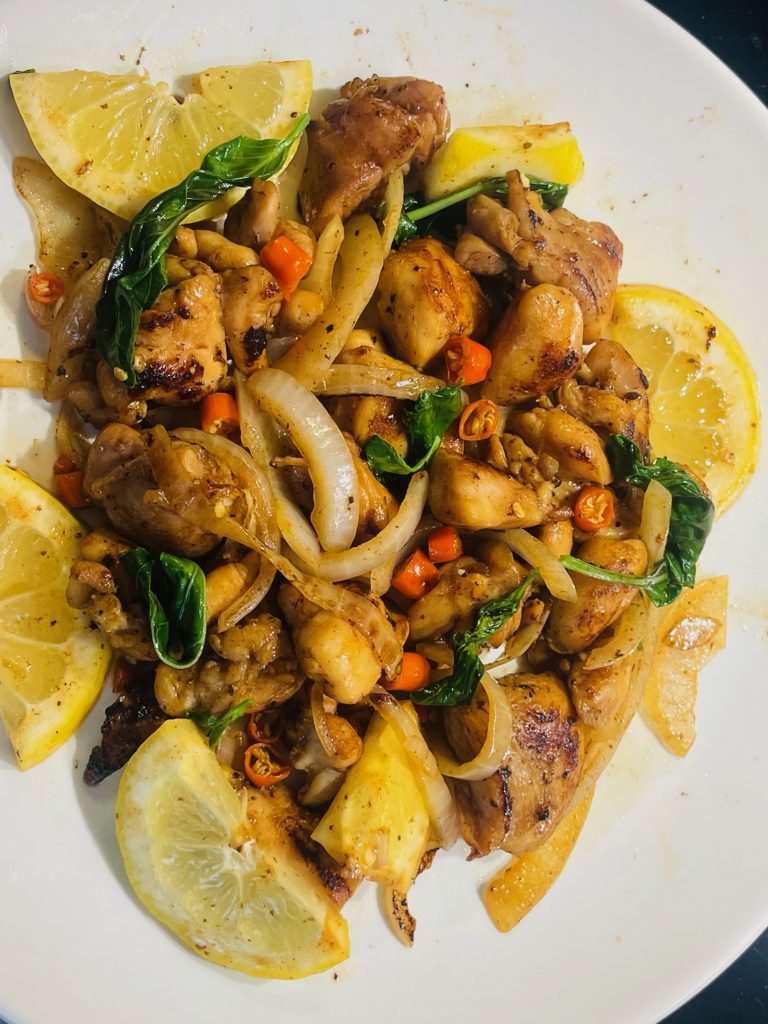
I found it fascinating when we cooked together. Although we were preparing a traditional Chinese dish, Fiona pointed out that the seasonings she uses at home differ significantly from what Luna uses. Luna, being from Hunan, China—a region famous for its spicy cuisine—made her chicken dish much spicier. In contrast, Fiona, who is from Southern China where flavors tend to be sweeter, often adds more sugar to her dishes, like the sauce braised chicken she frequently cooks. This led us to a discussion about the regional differences in Chinese food culture. We also shred about the various lunch boxes our parents prepared when we were in school and our experiences of adapting to different food cultures, as well as the broader culture, when we moved to the UK.
During the conversation, Fiona and Luna discovered they both enjoy traveling and exchanged stories about their travels. By the end of the intervention, they exchanged contact details, hoping to stay in touch and continue their discussions in the future.
Key observations:
The power of place:
Luna’s connection to the Barbican is a testament to how physical spaces can trigger memories and emotions tied to one’s past. This made me realise that beyond food, there is potential to use urban space as a medium for exploring identity and memory in future interventions. Meanwhile, through Luna’s sharing of the Barbican, Fiona had the opportunity to gain a deeper understanding of London, which led to the realisation that the choice of location in the following intervention might not only help the participants to deepen their connection to their home city but also to their current city.
Food as a Cultural Bridge:
The cooking session further emphasized the role of food in maintaining cultural ties and emotional well-being. Luna’s preparation of a traditional dish from her childhood not only connected her to her mother but also opened up a conversation about the regional diversity of Chinese cuisine. This exchange of culinary traditions between Luna and Fiona also demonstrated how food can be a powerful tool for cultural sharing and understanding.
Shared Experiences and New Connections:
The intervention successfully facilitated a meaningful connection between Luna and Fiona. Despite their different backgrounds within China, the two participants found common ground in their experiences of adapting to life in the UK and their shared love for travel. This suggests that interventions focusing on shared cultural practices, such as food and routines, may effectively bridge gaps between individuals and foster new relationships.
Conclusion
I would say this intervention was a valuable experience that provided rich insights into how personal routines and food can evoke deep connections to one’s hometown and cultural roots, even when living abroad. The intervention also served as an effective way to foster new connections between participants who had never met before, creating a shared space for storytelling and cultural exchange.